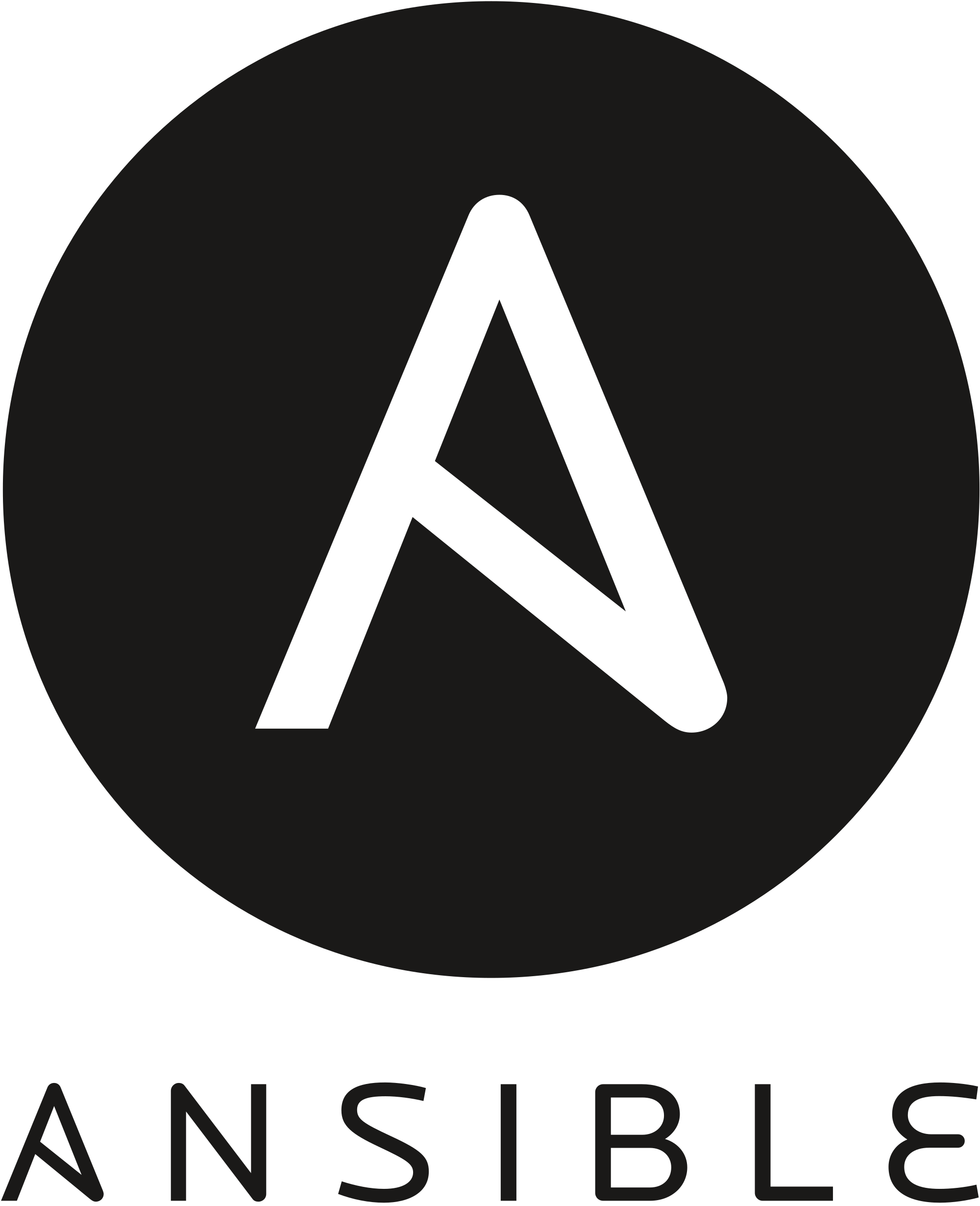I'm busy writing an Ansible script and want to test it locally before trying to deploy it anywhere. The easiest way to try and make my local environment as close to my deployment environment was to set up a network of Virtualbox VMs.
The problem was that I've always configured my VM's to use NAT networking. I ssh onto them by setting port forwarding and have never really needed them to have their own address.
The solution to this problem is pretty simple. Just stop the machines and add a new network adapter of type "Host Only". This adapter will handle communication between the guest and host machines.
The trick is that you need to configure the guest OS network interface too.
To do this SSH onto your VM and run "ip add" to list your network adapters. If you're like me and started with NAT before adding "Host Only" as your second adapter the output should look something like this:
You need to identify the adapter that is your "Host Only" network. You can do this by running "ip add" on your host machine and looking for the vboxnet0 network address (assuming you're using the defaults given to you by Virtualbox).
Now you need to edit /etc/network/interfaces and tell Linux (I'm using Ubuntu 16.04) to set up that interface. Add lines like this snippet to your file:
Now your virtual machines will have an ip address (you can grab it with ifconfig) that you can set up in your Ansible inventory.
The problem was that I've always configured my VM's to use NAT networking. I ssh onto them by setting port forwarding and have never really needed them to have their own address.
The solution to this problem is pretty simple. Just stop the machines and add a new network adapter of type "Host Only". This adapter will handle communication between the guest and host machines.
The trick is that you need to configure the guest OS network interface too.
To do this SSH onto your VM and run "ip add" to list your network adapters. If you're like me and started with NAT before adding "Host Only" as your second adapter the output should look something like this:
You need to identify the adapter that is your "Host Only" network. You can do this by running "ip add" on your host machine and looking for the vboxnet0 network address (assuming you're using the defaults given to you by Virtualbox).
Now you need to edit /etc/network/interfaces and tell Linux (I'm using Ubuntu 16.04) to set up that interface. Add lines like this snippet to your file:
Now your virtual machines will have an ip address (you can grab it with ifconfig) that you can set up in your Ansible inventory.

Comments
Post a Comment